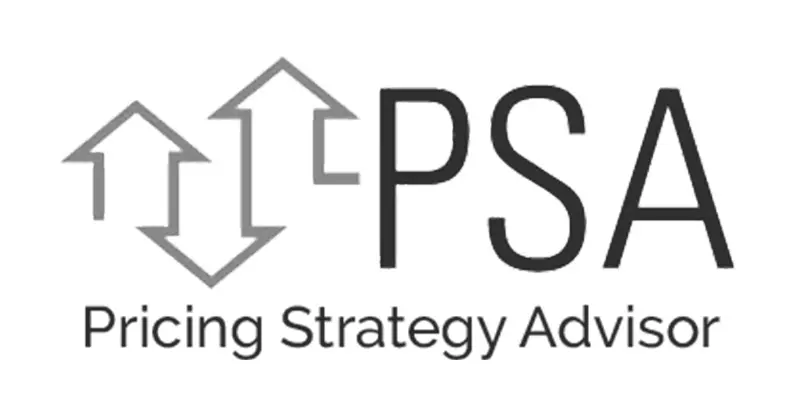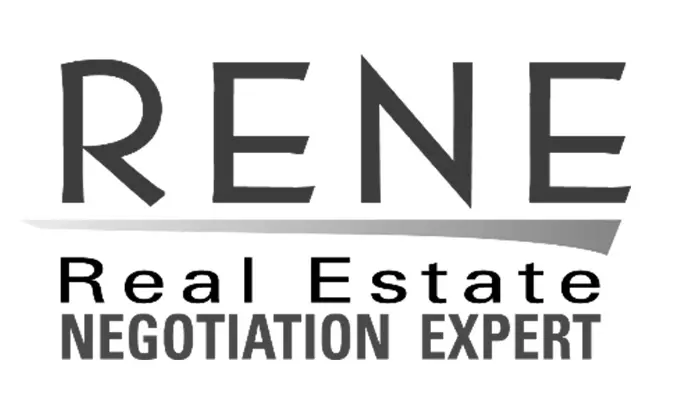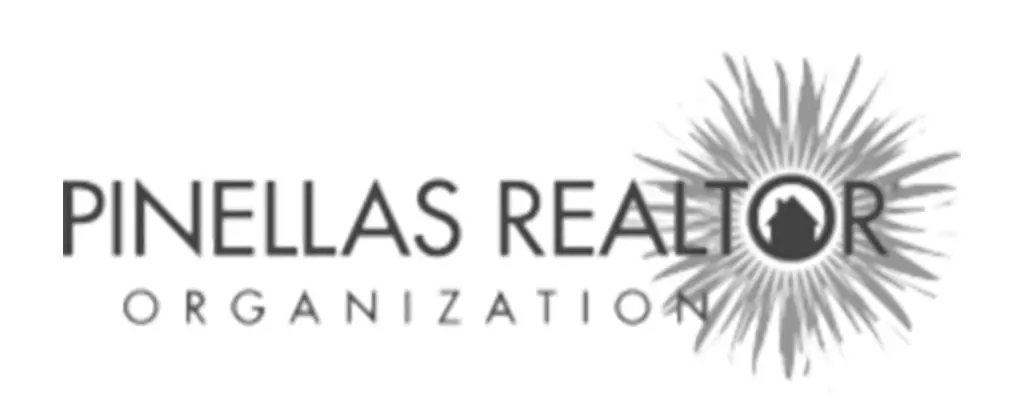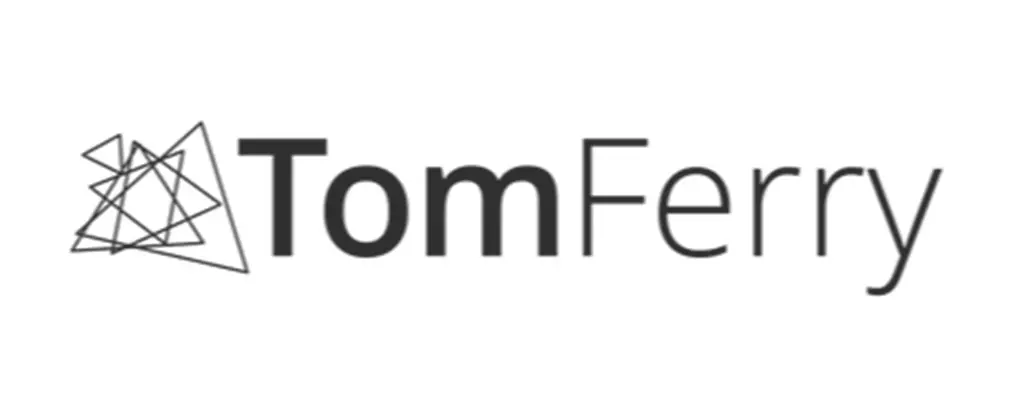Team Directory

Founder & Team Leader
Conor J. Green
+1(973) 494-1712
conor@thenobsgroup.com

Agent
Grace Gelazin
+1(727) 403-7752
grace@thenobsgroup.com

Team Manager & Client Care Specialist
Kirsten Colmorgen
+1(727) 631-2588
kirsten@thenobsgroup.com

Residential & Investment Specialist
Sean O'Brien
+1(727) 637-2481
sean@thenobsgroup.com
Featured Properties
- 3 Beds2 Baths1,976 SqFt1/58 58Active
$724,500
- 4 Beds3 Baths2,918 SqFt1/88 88Open 1/4 12:30PM-2:30PM
$829,000
- 3 Beds2 Baths1,408 SqFt1/41 41Open Sat 12PM-2PM
$525,000
- 3 Beds4 Baths2,041 SqFt1/67 67New
$1,247,000
- 3 Beds3 Baths2,056 SqFt1/92 92New
$524,900
- 4 Beds3 Baths2,418 SqFt1/49 49New
$1,450,000
- 2 Beds2 Baths1,293 SqFt1/30 30New
$590,000
- 3 Beds3 Baths2,513 SqFt1/60 60New
$3,275,000
- 4 Beds2 Baths2,077 SqFt1/53 53New
$859,000
For every home our team helps a client buy or sell, we donate to make a difference in our community. Choose your charity below!
Big Brothers Big Sisters
Serving over 2,100 children in Hillsborough, Pinellas, Polk, Pasco, Citrus, Hernando, Sumter, Alachua & Marion counties!
Our Mission: to create and support one-to-one mentoring relationships that ignite the power and promise of youth.
LEARN MORE!
Tim Tebow Foundation
The Tim Tebow Foundation exists to bring Faith, Hope and Love to those needing a brighter day in their darkest hour of need. We strive to fight for the Most Vulnerable People in the world—the MVP—through our work in our four main focuses in Anti-Human Trafficking and Child Exploitation, Orphan Care + Prevention, Profound Medical Needs, and Special Needs Ministry.
LEARN MORE!
Metropolitan Ministries
We offer comprehensive services for at-risk and homeless families in underserved and impoverished communities.
People with no safety net are scared, hungry, homeless and hurting. Together, we can provide immediate help and set them up for future success.
LEARN MORE!
Our Tribe
By each member of the team consistently exceeding our clients’, our vendors’, and the market’s expectations of us, we are blessed and grateful for the reciprocity of their trust and business. It’s not a right or one-time agreement; it’s an honor that’s earned every day and we treat it as such. Real estate is truly an intimate aspect of all of our lives. It’s often the center of countless invaluable memories, family stories, and even retirement plans. We’re humbled to be the guiding north star for our clients and their families when it comes to intelligently navigating the market. The No BS Group’s genuine and wholistic approach shines through in all that we do and is just one reason why our clients refer us religiously to their friends, family members, neighbors, coworkers, and strangers.
“I've learned that people will forget what you said, people will forget what you did, but people will never forget how you made them feel.” - Maya Angelou
Surround Yourself with Excellence
If you are hungry for knowledge, growth, and serving others, you're in the right place! At The No BS Group™, you will never have to deal with cookie-cutter culture or condescending hierarchies. We operate with a mutually uplifting mindset of abundance. Open-minded to chatting? We look forward to connecting with you.
What Our Clients are Saying...

Worried About Your Home’s Value? The Real Truth Behind Today’s Housing Headlines
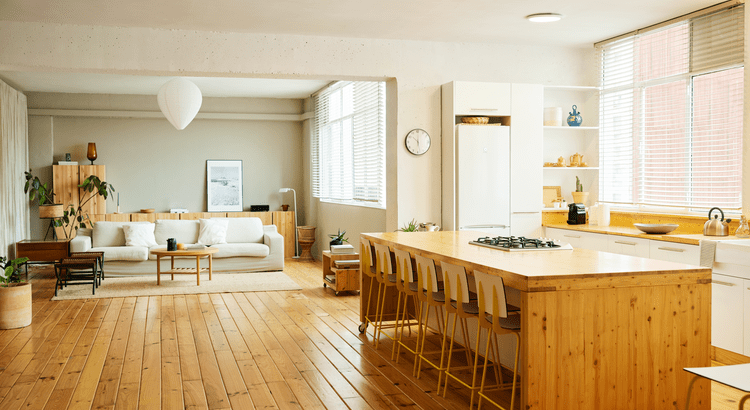
How To Stretch Your Homebuying Options Without Stretching Your Budget

Your Home Equity Is the Hidden Superpower That Could Transform Your Next Move
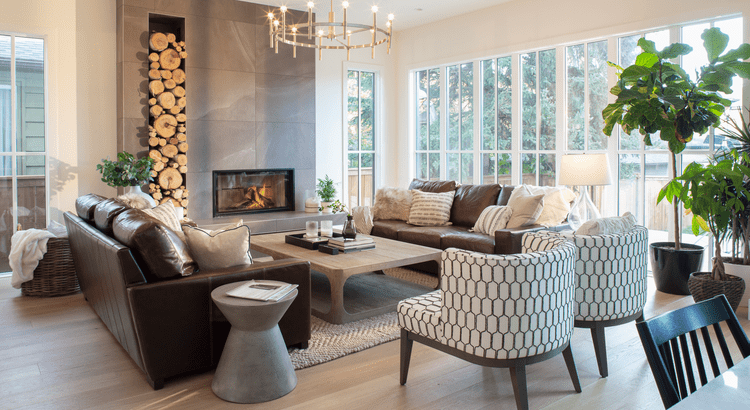
Why Right Now Could Be the Best Time To Buy a Brand-New Home

Why More Homeowners Are Finally Letting Go of Their 3% Mortgage Rate
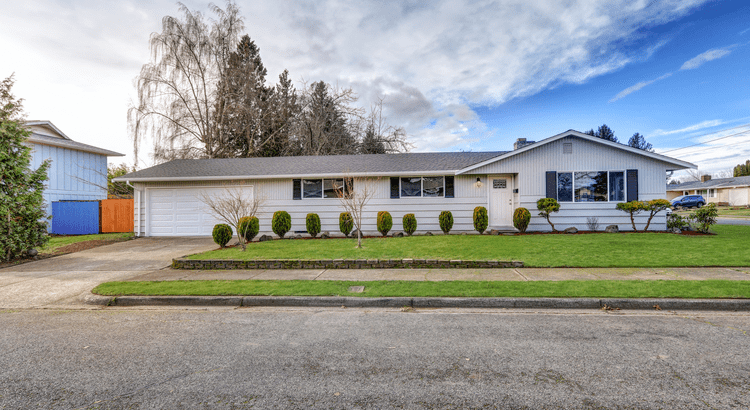
How To Find The Best Home Deals Right Now And Save Thousands In Today’s Market

“It's INCREDIBLY difficult to find reliable, experienced, and honest real estate market guidance these days. Between hidden agendas and incompetence, who can you really trust?... Our team prides itself on providing actionable insight and simplifying complex real estate topics!”


